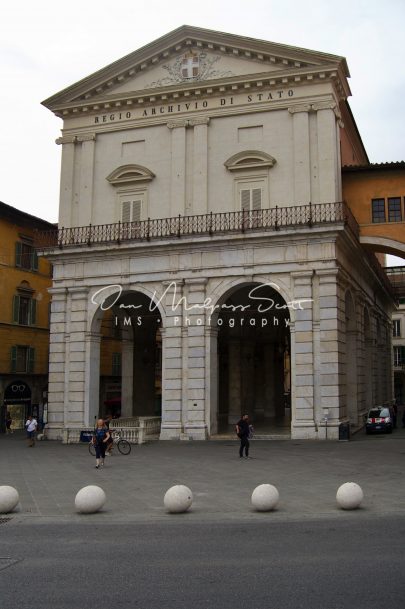![]()
The Logge di Banchi, Pisa, Italy
The Logge di Banchi is a loggia in Pisa located at the entrance to the Ponte di Mezzo in the southern half of the city center.
The loggia, supported by twelve pillars, was built between 1603 and 1605 based on a design by the architect Bernardo Buontalenti. At the time it hosted the wool and silk market (the “stalls” in the name refer precisely to the market stalls), and even today it is sometimes used for markets of various kinds. It has a square base, with twelve pillars supporting a floor (built in the early eighteenth century), initially much lower and enriched by a volute pediment.
Around 1619 the Medici aqueduct was connected to the Kinzica district and one of the first fountains, no longer in use today, was right next to the loggia.
The volutes were removed in 1814, when the entire upper floor, connected directly to Palazzo Gambacorti via an overpass, was raised and embellished with a triangular pediment.
In the early years of the twentieth century, in 1925, a day hotel was built, part of the Cobianchi day hotel chain, by digging in the basement of the Logge. This space is currently used as public toilets, reopened and restored in 2012.
The State Archives of Pisa had their headquarters here since 1865.
Its profile, next to the Clock Tower, is one of the best-known elements of the views of the Pisan Lungarni.


